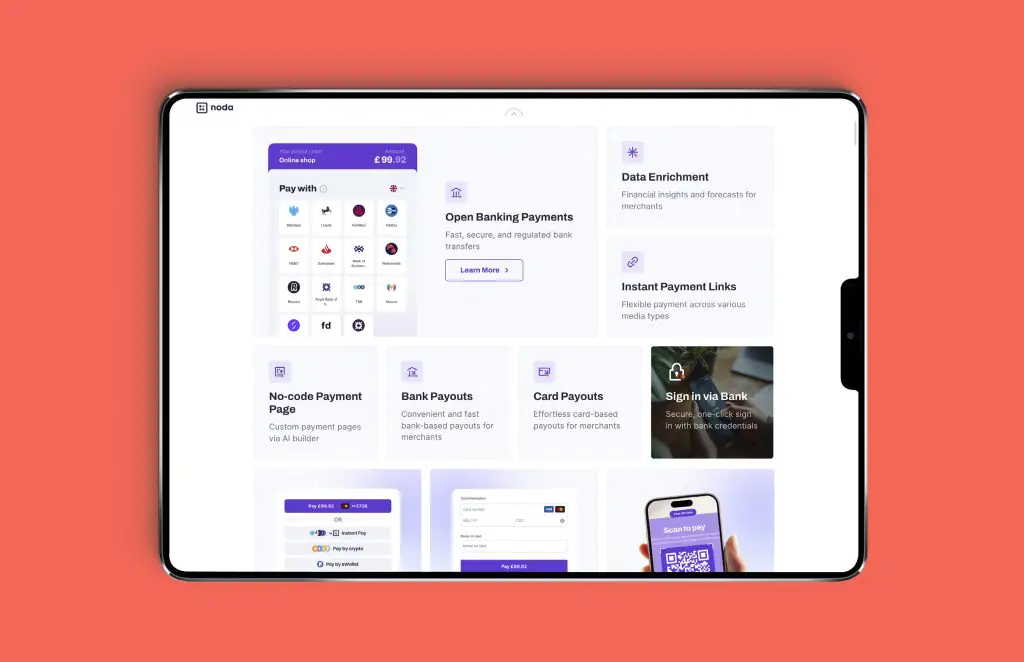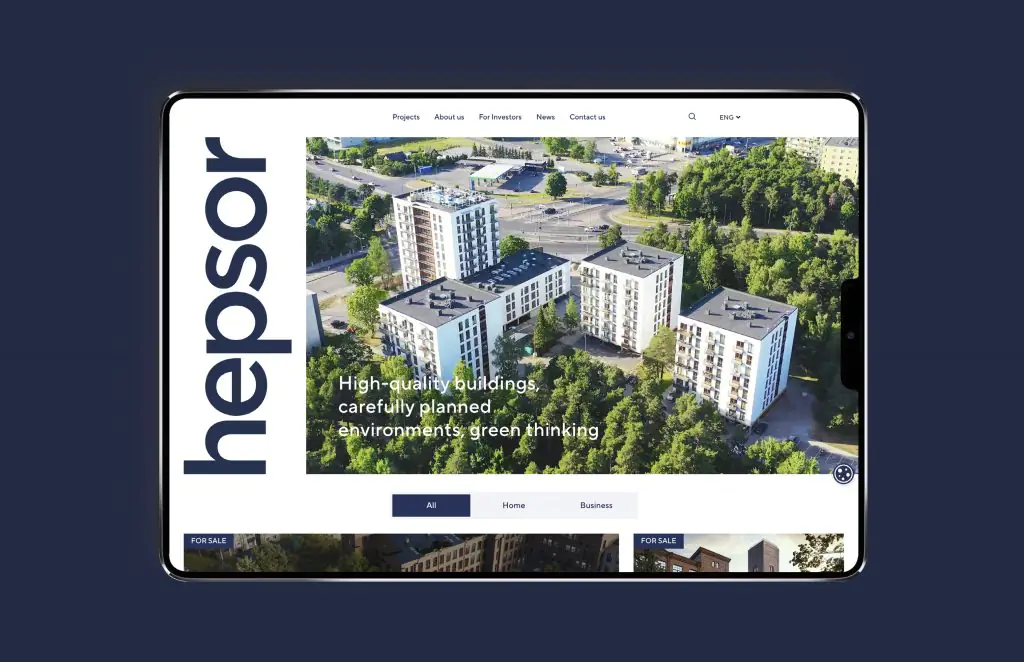TikTok & TikTok Ads

TikTok has made a significant move in Latvia and other Baltic countries by introducing monetization in 2024. This means brands can now launch advertising campaigns on this platform.
In light of these changes, TikTok One emerges as a comprehensive advertising platform, offering tools for creating ads, collaborating with influencers and agencies. Additionally, the Symphony AI tool—an AI-based tool for creating advertising content—will be actively developed. What is more, interactive advertising formats like Branded Effects and TopView Ads will continue to be valuable tools for capturing audience attention.
In 2025, TikTok will introduce advanced tools for sponsored content and influencer collaborations, expanding opportunities through the Creator Marketplace.
Additionally, TikTok plans to enhance product discovery features, including automatic product recognition in videos and expanded shopping capabilities via TikTok Shop. To further elevate the user experience, TikTok will continue to invest in live shopping, improving broadcast quality and introducing new interactive features that allow users to engage with products in real-time.
Meta Ads

In 2025, artificial intelligence will continue to be a driving force in Meta Ads, powering everything from creative tools to advanced analytics.
For instance, Meta Ads will leverage AI to generate videos, animations, and enhanced images. The platform will also support the creation of AR experiences, enabling virtual try-ons and product visualisations.
As for analytics, in 2025 Meta Ads will be able to optimize advertising both taking into account incrementality (that is, the difference between the segments of audiences that interacted and did not interact with advertising) and in real time using AI; it will also be possible to pre-analyze the quality of creatives, even before launch; and integrate with external analytical systems (Google Analytics, Northbeam, Triple Whale, Adobe).
In 2025, Meta Ads will be able to optimise advertising campaigns in real-time, measuring incremental lift and integrating with external analytics tools like Google Analytics, Northbeam, and Triple Whale. Additionally, the platform will introduce pre-campaign creative testing to assess the effectiveness of ad assets before launch.
Google Ads

In 2025, Google Ads will continue to implement automated features for ad targeting and bidding. This applies to both Performance Max campaigns, which cover different Google Ads platforms (Search, GDN, YouTube, etc.), and more narrowly targeted Smart Campaigns.
Next year, Google Ads will continue to shift its focus towards broader match types and semantic search, relying less on traditional keyword matching. This shift will emphasise relevance and context over exact keyword matches.
Artificial intelligence will continue to play a significant role in Google Ads, powering the creation of text, image, and video ads.
Another trend of the coming year is the optimization of ads for voice queries. Since the use of voice assistants is growing, it is necessary to adapt advertising texts to spoken language.
As voice search continues to gain popularity, it will be necessary to optimise for voice queries, adapting ad copy to natural language and spoken word searches.
SEO

The anticipated changes in SEO in 2025 are shaped by technological advancements, stricter filters for low-quality or spam resources and, as a result, increased requirements for the quality and relevance of content.
At the same time, the rise of Google “quick answers” has led to a decrease in click-through rates. This trend will persist in 2025. However, it’s important to note that optimising for these snippets can drive significant traffic. By focusing on technical SEO and high-quality content, you can increase your chances of appearing in these coveted search results.
Finally, in 2025, Google will expand its scrutiny beyond YMYL (Your Money or Your Life) topics like health, finance, and safety. Even websites focused on less critical subjects, such as retail, will need to demonstrate expertise and trustworthiness. To maintain a strong search presence, website owners must prioritise commercial factors and invest in high-quality content.
Analytics

A significant change in 2024 that will impact analytics in 2025 is Google’s decision to abandon its own plans to disable third-party cookies in Chrome. Now users will be empowered to choose whether to allow third-party cookies. This decision will enable the collection of valuable data that can be used to model untraceable data.
In 2024, Consent Mode became mandatory for Google services in European countries. This signifies a growing emphasis on user privacy, empowering individuals with greater control over their data.
This is why collecting user-provided data will become increasingly important for building accurate attribution models, especially in the face of privacy restrictions and tracking limitations.
Content and creatives

Today, the digital world is dominated by several global trends: due to information overload, people’s information consumption habits have changed, leading to increased banner blindness. Additionally, life priorities have shifted towards work-life balance and comfort. Amidst these changes, artificial intelligence is reshaping various aspects of our lives.
Traditional marketing is fading away, replaced by a new era of attention marketing. How will businesses adapt? To stay relevant, they must embrace these emerging trends: digital-first content (3D elements, AI-generated visuals, and virtual reality experiences will be incorporated into content strategies to create dynamic and engaging experiences), authenticity and imperfection (imperfect visuals, honest storytelling, openness, and humour will help brands find the key to the audience’s hearts and build a stronger emotional connection), finally, shifting focus from global to local (the content will be tailored to specific cultural nuances and local insights to foster stronger brand loyalty and convey crucial values).
Web design

One of the most important aspects of web design is adaptability and optimization for mobile devices. In 2025, mobile traffic is expected to account for 77% of all web traffic. Thus, to optimise user experience, increase engagement, and drive conversions, it’s crucial to prioritise mobile-first design and development.
Additionally, in 2025, personalization will be a key trend in design, with a focus on creating tailored user experiences. This will involve personalised content, customizable interfaces, and real-time adaptability.
Finally, interactive elements like advanced animations, smooth transitions, and parallax scrolling will elevate the user experience in 2025. By guiding users through the website and highlighting key information, these techniques can significantly boost engagement and conversions.

Mike Dorfman
RocketScience founder & cEO
“As we look ahead to 2025, the digital marketing landscape will continue to evolve at a rapid pace, creating both challenges and immense opportunities for businesses. To stay competitive, companies will need to adapt their strategies, budgets, and resource allocation. Success will no longer simply rely on keeping pace with technological advancements—it will require leveraging these innovations in creative ways to forge deeper connections with consumers and deliver personalized, engaging experiences across various platforms.
In 2025, digital marketing will be more about precision than volume—focusing on personal, meaningful connections with audiences through innovative yet data-based strategically adapted solutions. As companies adapt to these shifts, their marketing budgets will need to become more flexible, with an increased focus on testing, adaptability, and incorporating new technologies, including AI, that enhance engagement and drive greater return of investment”.



 Return
Return  Share
Share 







